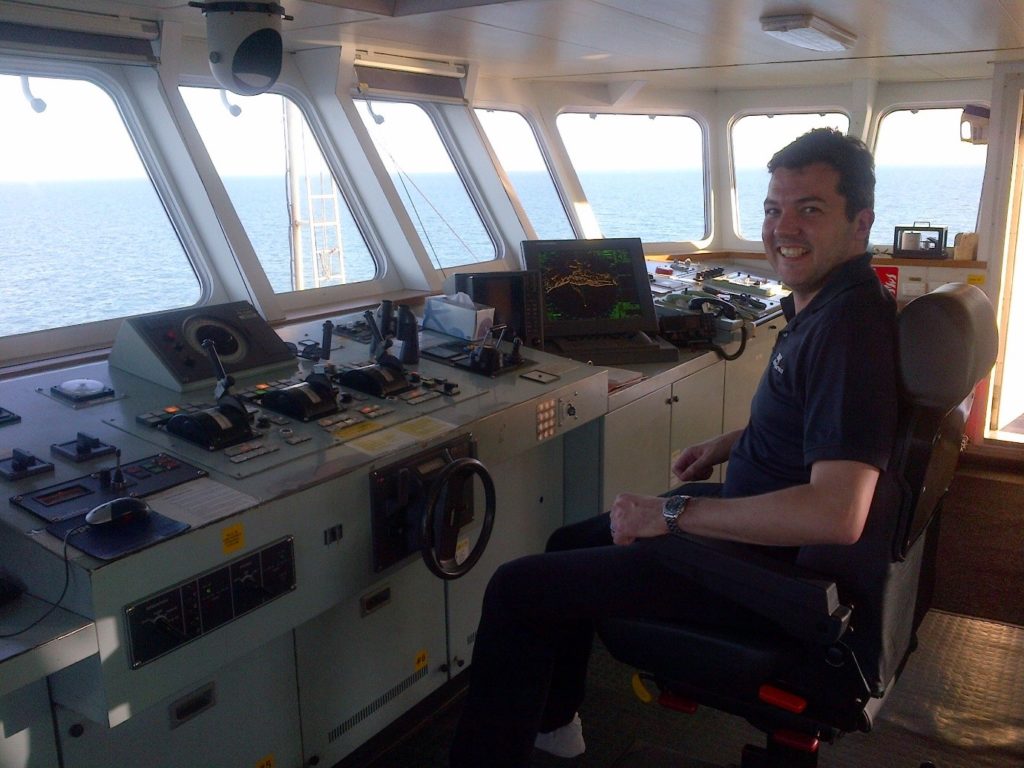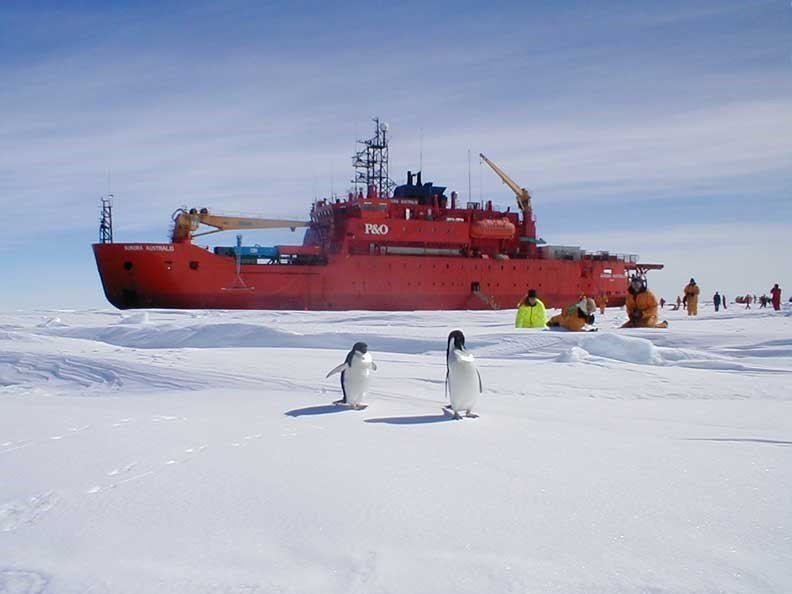The Cornerstones of OPMS Software Success at – Jochem Groeneveld’s Insight into P&O Maritime Australia and Papua New Guinea Operations
Interviewee: Jochem Groeneveld, Business Improvement Analyst, P&O Maritime
Interviewer: Tiiu Tiisaar, General Manager, OPMS
P&O Maritime and OPMS go way back, as does our relationship with Jochem Groeneveld, the Business Improvement Analyst. Jochem was involved in selecting and implementing OPMS in December 2011 and subsequently became one of the in-house Super Users. Today, OPMS is used by all P&O Maritime’s Australia and Papua New Guinea offices.
Over the past 7 years, Jochem has been our main point of contact in the 4 key phases: selection, implementation, user training, and enhancements. The collaboration has been hugely fruitful, everything we’ve tackled together has been a success. Jochem is a very strong business analyst and project manager, with great technical skills as a bonus. He has communicated the requirements with utmost clarity and proficiently managed the user acceptance testing and change management. From a software provider’s perspective, having the clarity of the requirements is the cornerstone of successful development projects.

We’ve taken the opportunity to ask Jochem a couple of questions. This is an interesting and insightful read.
Q: Let’s go back to the beginning – why was P&O looking for a new software in 2011 and what led to OPMS being the software of choice?
A: We were on a CRM solution that was meant to do both rostering aspect and the payroll, but in reality, it didn’t do either very well, leading to much manual work, double handling and inaccurate pays. Seeing this is the one area you don’t want to let your staff down in, we did an extensive scoping of products, both for rostering and payroll. From a crewing perspective OPMS stood out both in its capability and the can-do attitude from their staff.
Q: Over the past 7 years, how important has OPMS become for P&O Maritime operations?
A: It’s become extremely important. It’s the main tool for most of the manning aspects of our Australasian operations. We’d be in serious trouble if it suddenly went missing!
Q: We are very proud of the client retention rate we’ve achieved. Despite being quietly confident of our competitive advantage, all software companies today have plenty of competition. Since the contract award to OPMS, have you ever considered changing over to a different software package?
A: Never. It simply hasn’t come up. I’ve seen the odd demo from your competition and I haven’t been tempted yet.
Q: The very first training sessions we did were face to face. I traveled from Perth to Hobart and spent nearly a week with the users. This included train the trainer program for the more advanced users like yourself (aka. Super Users). Thereafter, all the training we’ve provided has been remote. Recently, Stacey (our Service Delivery Coordinator), ran a couple of training sessions with one of your new users via screen sharing. There is a definite decline in the willingness to spend on face to face training and therefore screen sharing has become increasingly popular. In your experience, are both equally efficient?
A: That was a great week! In my opinion screen sharing is great for keeping the time and cost down or doing something off the cuff. Nothing beats face to face training though, especially when you’re talking anything over a day’s worth of training.
Q: Over the years, you’ve provided a lot of feedback to us. I couldn’t even count how many new features, improvements and interfaces we’ve implemented together. When you think back to OPMS as you first saw it to now, has a lot changed?
A: It’s changed so gradually I wouldn’t be able to say exactly what has changed. I think the basics have remained the same but the best changes for me have been on the front of user-friendliness, the easiness to set up new ships, positions, etc.
Q: Which one of the many projects we’ve worked on has been the most memorable to you? Which one has been the most beneficial to the business?
A: The very first project, which was to implement OPMS for our Australian office, has been the most financially beneficial and memorable. It reduced so much overtime and frustration while improving accuracy and OPMS came with bells and whistles we weren’t even looking for but happily implemented. That one also stands out for me because as a company we really wanted to get this right so there was a good budget and timeline in place. That project really set the standard and expectation for all the future ones.

Q: More recently, OPMS was implemented for P&O’s Papua New Guinea operations. You didn’t require much implementation support from us. It is always a proud moment when our external Super Users become so proficient, our support desk is hardly required. How did the implementation at Papua New Guinea go? Did the users embrace the change?
A: The implementation was successful and we didn’t come across any major hindrances. We may not have needed much support, but it’s nice to see that you were available and able to help when needed. Keeping in mind that when we do want something the deadline is usually last week, your availability and delivery time have been very good. Excellent when compared to other software providers.
Our PNG users have embraced OPMS similarly to our Australian users. I can’t see any specific differences.
Q: Would you say that the logic within OPMS translates well across different countries and could suit maritime operations anywhere in the world?
A: I think it would. I’m not too involved with crewing outside of Australasia, but I do think the general requirements are the same (sometimes less) in other countries. I can’t see any scenarios that would be a deal-breaker for using OPMS.
Q: Why was it important to P&O that the Australia and Papua NewGuinea offices use the same software?
A: We have fairly lean offices and, where we can, our different offices work together as one team. Having the same software works well from a few perspectives. From an administration and reporting perspective to avoid double handling and setup.
From a backup perspective, it’s good too as communication services in PNG are not always as reliable and the network goes down every now and then at critical times. When that happens one of our Australian offices can pick up the work fairly quickly seeing they’re familiar with the software and its processes. It also works well for internal training and super users can span multiple offices.
Q: OPMS is not yet utilized by your other offices (Middle East, Africa, Europe, South America). Do you think there is room for further expansions within the P&O group?
A: Definitely. Some global stakeholders have seen OPMS and were impressed. At this stage, there is no plan to implement OPMS globally, but if it ever comes up I’ll definitely support it. We’re planning to do some demos with our Irish office soon as they’ve shown some interest following positive feedback they heard from Australia.
Thanks for your time and thoughts, Jochem. Your input over the years has been extremely valuable and much appreciated. I hope I’ll be able to do the next interview with you for our 10 year anniversary.
That would be awesome. We’ll have to make sure we’ll get to do that one in person!